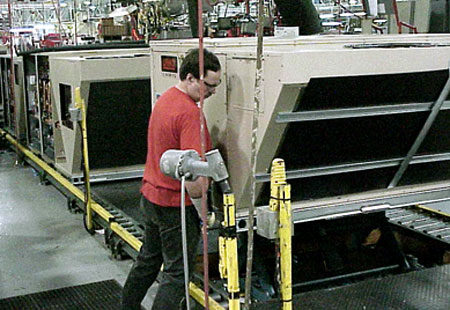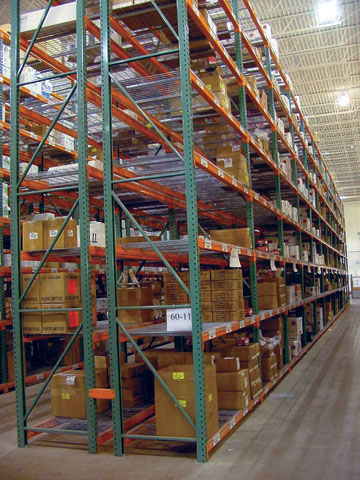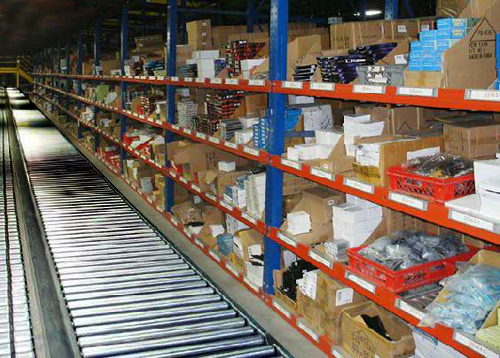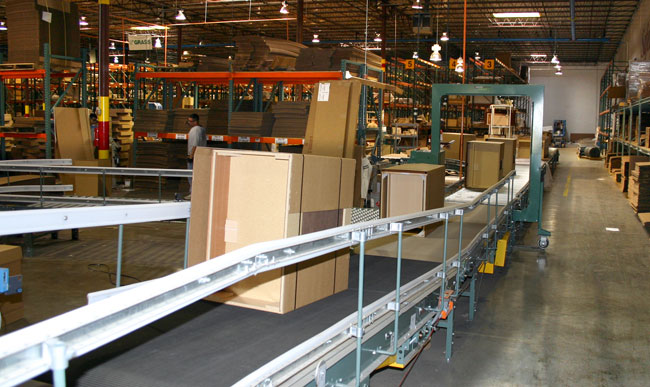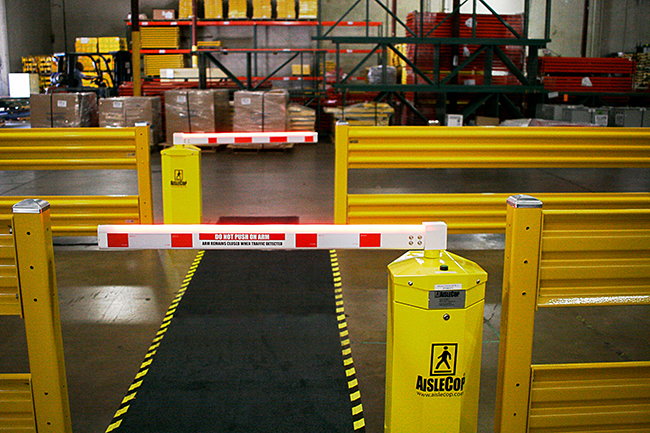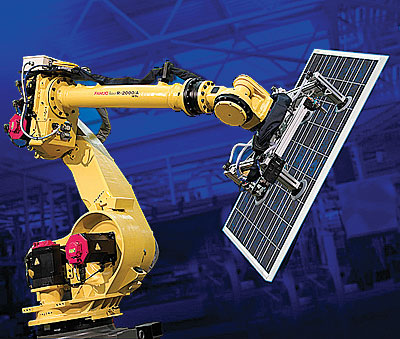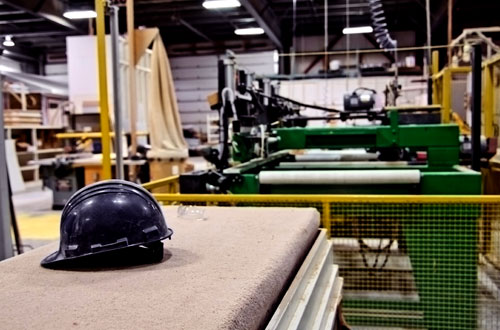
We talk safety a lot, mainly because the environment we work in, and the customers we work with use equipment like forklifts and conveyors in areas where interaction with people is unavoidable. We believe the first responsibility we have to our customers, and the first responsibility our customers have to themselves, is safety. Many of the wonderful benefits of material handling equipment comes with the risk of injury. It’s powerful machinery, and people must pick from it, walk near, it or otherwise interact with it.




